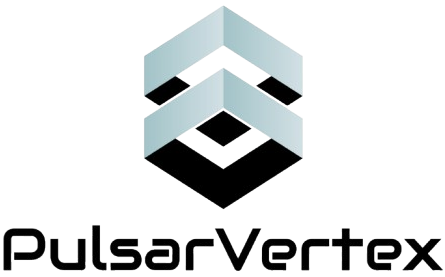Table of Contents
ToggleSolar Farm Security basic concepts:
1. Introduction to Solar Farm Security

Solar farms are a backbone of the renewable energy sector, representing multi-million-pound investments. However, their large, open layouts and isolated locations make them inherently vulnerable to physical and cyber threats.
Without proper solar farm security systems in place, operators face risks such as stolen infrastructure, energy disruption, and long-term operational losses. As the UK’s green energy footprint grows, so does the urgency for deploying tailored, technically advanced security systems that can adapt to environmental and site-specific challenges.
2. Common Threats to Solar Farms
Solar energy sites face a wide spectrum of risks that go beyond casual trespassing. Key threats include:
-
Theft of solar panels and copper cabling – High-value components are often targeted due to their easy resale potential.
-
Vandalism and sabotage – Damage to inverters or control units can take down entire rows of panels.
-
Environmental factors – Animals or wind-blown debris can trigger false alarms without intelligent filtering.
-
Unmanned locations – Many solar farms are in remote rural areas with minimal human oversight.
-
Cybersecurity vulnerabilities – Connected sensors and control systems (SCADA) are increasingly exposed to digital threats.
Each of these issues calls for a carefully layered approach combining monitored CCTV systems, perimeter protection, and real-time alerts.
3. Why Integrated Solar Farm Security Systems Matter
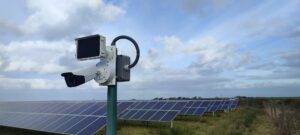
Integrated security systems combine physical deterrents, digital surveillance, and remote management into a single, seamless operation. Instead of separate tools working in silos, integration ensures real-time coordination between:
-
Surveillance cameras
-
Intrusion detection sensors
-
Access control hardware
-
Monitored alarm systems
-
Centralised management software
An integrated solar farm security system doesn’t just record what happens — it detects, alerts, and enables response in real time. This dramatically reduces security incident resolution times and improves site resilience.
4. Advanced CCTV Surveillance Technologies for Renewable Sites
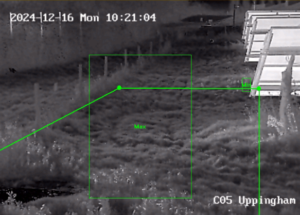
Modern solar farm CCTV systems offer far more than just passive observation. Today’s best solutions are proactive, intelligent, and tailored to large-scale outdoor environments.
Key features include:
-
AI-powered analytics: Detect specific behaviours such as loitering, line crossing, or object removal without human monitoring.
-
Thermal imaging cameras: Critical for detecting intruders at night or in foggy conditions, without relying on ambient light.
-
PTZ (Pan-Tilt-Zoom) functions: These allow operators to manually investigate activity across vast distances.
-
Edge storage and cloud backup: Prevent data loss in the event of network failure.
-
Live remote viewing: Enables security personnel or asset managers to access feeds from anywhere in the world.
By integrating these technologies into a monitored security framework, solar farms gain unparalleled situational awareness 24/7.
SEO Focus: CCTV surveillance for solar farms, AI CCTV analytics, thermal cameras for renewable energy sites.
5. Access Control Measures: The First Line of Defence
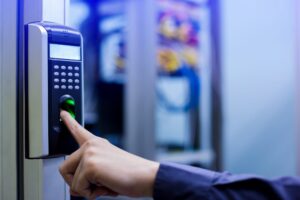
Uncontrolled access remains one of the leading causes of internal sabotage and unauthorized activity at energy sites. A reliable access control system ensures only vetted personnel enter restricted zones.
Solutions include:
-
Biometric entry systems (fingerprint, facial recognition)
-
RFID badges and secure PIN codes
-
Vehicle access with license plate recognition (LPR/ANPR)
-
Remote-controlled gates and turnstiles
When integrated with surveillance and alarm systems, access control offers total visibility over who entered the site, when, and for how long.
6. Perimeter Intrusion Detection Systems (PIDS) for Solar Farms
PIDS is the most crucial barrier in the physical protection strategy of any solar farm. It ensures early detection of intrusions long before a trespasser reaches critical infrastructure.
Popular PIDS technologies:
-
Fence-mounted accelerometers or vibration sensors – Detect physical tampering or climbing attempts.
-
Microwave beam systems – Create invisible detection zones between sensor pairs.
-
Buried cable detection – Ideal for sites where aesthetic concerns or environmental regulations prohibit fencing.
-
Video analytics with virtual tripwires – Great for large or unfenced sites.
Smart systems can differentiate between animals, wind-blown foliage, and actual human intrusion — drastically reducing false alarms while maintaining perimeter integrity.
7. Remote Monitoring: Real-Time Protection 24/7
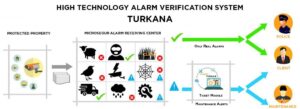
A core element of monitored solar farm security is remote monitoring. This gives you the ability to:
-
Receive real-time alerts for incidents
-
Verify events via live or recorded footage
-
Dispatch rapid response units if needed
-
Manage multiple solar sites from a single interface
This 24/7 surveillance-as-a-service approach ensures you’re never in the dark — even if your farm is located hundreds of miles away.
Monitored CCTV systems reduce staffing costs and increase security efficiency, especially on multi-acre solar farms where foot patrols are impractical.
8. Case Study: Securing a Midlands-Based Renewable Energy Site
In 2023, a 50-acre solar site in the Midlands suffered three thefts in just one quarter, with losses exceeding £120,000. Pulsar Vertex was contracted to deliver a high-performance, fully integrated security system.
Deployed technologies:
-
AI-enhanced thermal CCTV with PTZ
-
Microwave PIDS perimeter sensors
-
Biometric access control for all entry points
-
24/7 monitoring linked to a NSI Gold-accredited control centre
Since deployment, the site has experienced zero successful intrusions. The operator now uses Pulsar Vertex solutions as standard across all new solar developments.
9. Industry Compliance and Risk Mitigation
Security systems must align with both UK regulatory frameworks and insurance standards.
Key compliance benchmarks:
-
BS EN 50131: For intruder alarm systems
- ISO9001 : Quality assurance
-
NSI Gold and SSAIB: For monitoring accreditation
-
Cyber Essentials Plus: For protecting connected IoT security hardware
-
GDPR: For video data retention and privacy
Choosing a security provider that delivers fully compliant solar farm security systems reduces liability, speeds up planning approval, and satisfies insurers.
10. Conclusion & Call to Action
As the world accelerates its shift to renewable energy, solar farms will continue to expand—and so will the need to protect them. An intelligent, integrated security system is essential to ensure uptime, protect assets, and stay one step ahead of both opportunistic and targeted threats.
👉 Looking for tailored solar farm security systems that are robust, scalable, and compliant?
Contact Pulsar Vertex today.
📧 info@pulsarvertex.com
📞 Or visit our website for immediate assistance: www.pulsarvertex.com
Let’s design your solar farm’s first and last line of defence — together.
